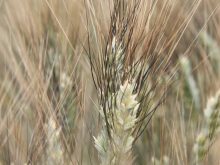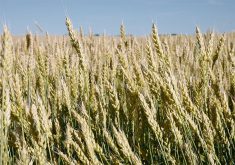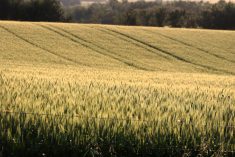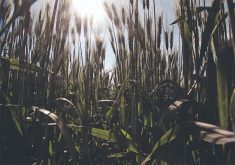Cadmium, sawflies, midge, fusarium head blight, and lodging can nearly be solved with new durum wheat varieties, SaskWheat says.
SaskWheat brought five varieties of durum wheat to Ag in Motion this year, with four of them being new to address different problems that producers face.
The only one returning, AC Napoleon, has proven strong against issues of high cadmium and has been in the works for quite a while shared Carmen Prang, SaskWheat’s agronomy extension specialist. This variety has been the subject of 305 research projects over the last 10 years, with producers contributing over $67 million to the research.
Read Also
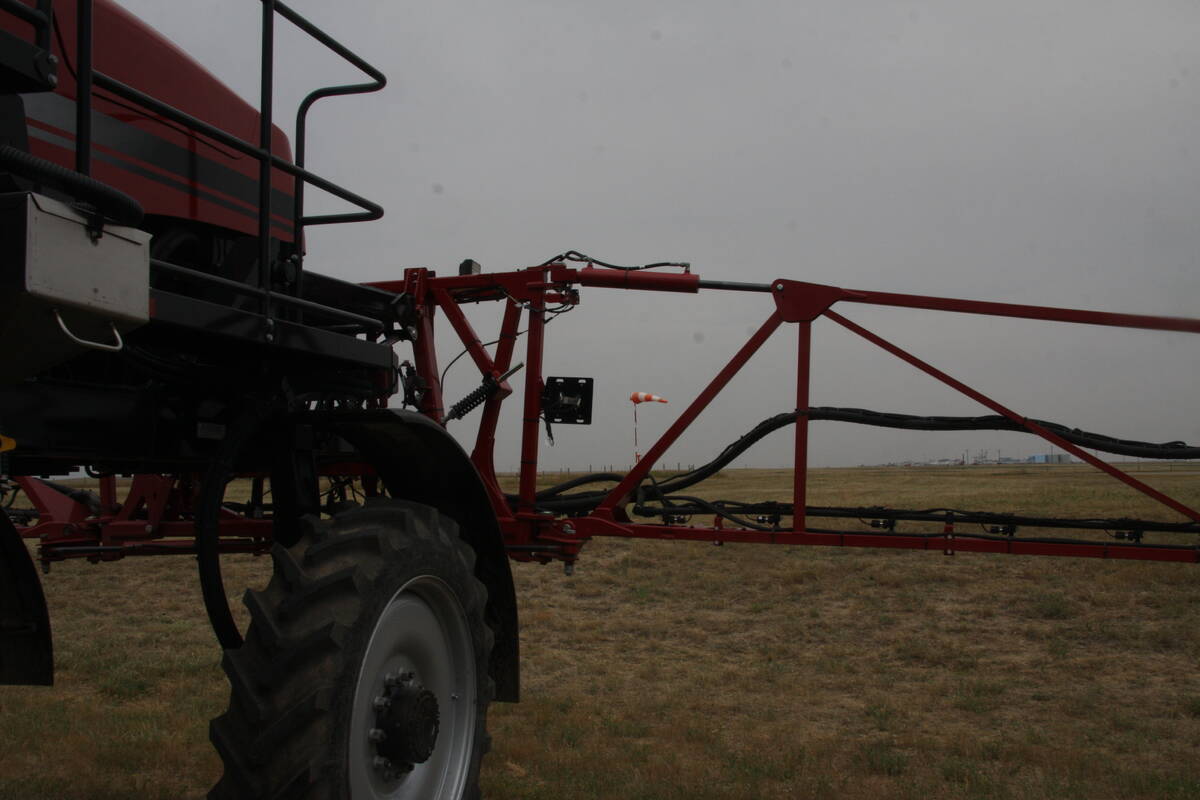
More work wanted on removing red tape
REGINA — Canadian farmers risk falling further behind competitors if two main federal agencies don’t become more efficient and responsive…
When it comes to pests, the new variety of AAC Grainland helps combat sawflies, and when paired with SaskWheat’s sawfly map, producer’s can ensure the safety of their crop. Prang explained that the map launched in 2023, and it located many more hotspots than they were expecting. To address this, SaskWheat recommends Grainland, as it has a solid stem.
“You’re limited in your spring wheat options for solid stem varieties,” she said. “So that’s why durum might be something that you’d want to look at if you can grow it in your area, a solid stem variety that way the sawflies can’t crawl up, eat the stem and cause it to fall over.”
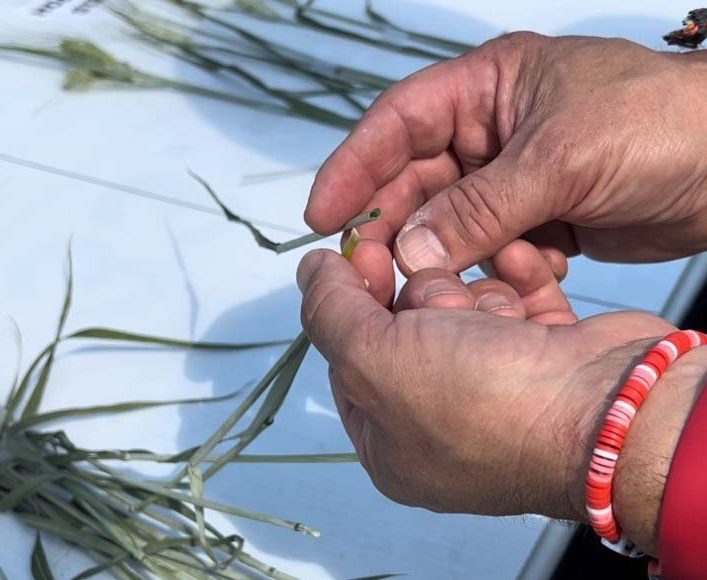
Prang added that if a producer has seen a falling plants and they know it’s not an issue of fertility or moisture, they should check for sawflies.
The other pest recommendation was AAC Succeed VB, which is a midge tolerant variety of durum that SaskWheat brought. Prang added that while nearly all wheat classes have a midge tolerant variety, this is a great one if a producer is looking to plant durum.
SaskWheat also has a midge survey map, with data collected last fall from collected soil samples.
“A lot of people have looked at the maps, and they’re like, Oh, I actually am in a hotspot. So it’s been a big conversation,” she said.
The final varieties shown were CDC Vantta, a semi dwarf, and AAC Schrader, the first intermediate resistance for fusarium head blight (FHB) in a durum. Prang said Shrader is the first but not the last.
“Hopefully, a lot of the varieties are also heading that way,” she said. “I think there’s another one going to be coming out from another company pretty soon here.”
SaskWheat’s FHB map is now interactive. So, if that’s something a producer is concerned about, they can zoom in on the map and find their fields to identify exactly what their risk is.
However, Shrader can be get quite tall, so if a producer wants less straw to deal with or if lodging is the issue, they may want to consider a semi dwarf like Vantta. The recommendation comes across clearly when comparing the dwarf beside Schrader.
“We had a storm come through on Thursday, and with Shrader being a taller variety it lodged over in the wind and the rain. It [Schrader] did come up quite well before the show, but the semi dwarf wasn’t affected at all. It still looks pretty good. So, for harvest ability, this is pretty big for producers.”
While many producers may be wary of durum varieties since they often can’t plant it in their area, but Prang encourages them to try again especially if they have some of the discussed issues. Advancements have been made that could mean a durum success in an area.







